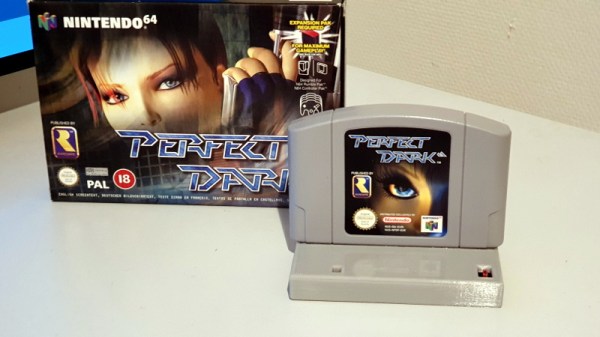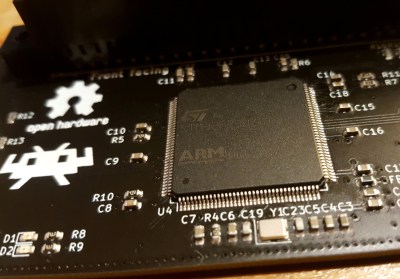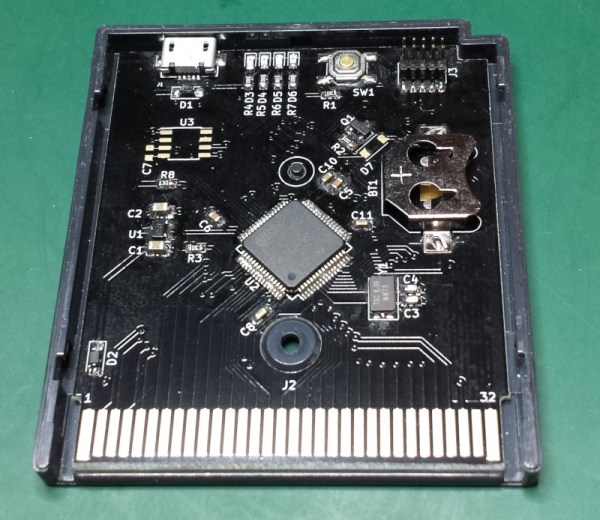The big problem with Pokemon Silver is that it came in a cartridge made of only-slightly-sparkly grey plastic. [Modified] decided to fix all that, making an all-silver cartridge instead.
The cartridge was first modeled to match the original as closely as possible, and 3D printed for a fit check. From there, a test cartridge was machined out of a block of aluminium to verify everything was correct. It’s a wise step, given the build relies on a 1-kilogram bar of silver worth roughly $750.
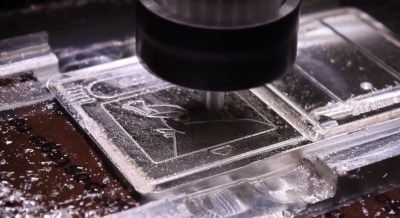 With everything checked and double-checked, machining the silver could go ahead. Every scrap of silver that could be saved from the CNC machining was captured in a box so that it could be recycled. Approximately 28 grams of silver was lost during the process. WD40 was used as a coolant during the machining process, as without it, the silver didn’t machine cleanly. The final cart weighed 164 grams.
With everything checked and double-checked, machining the silver could go ahead. Every scrap of silver that could be saved from the CNC machining was captured in a box so that it could be recycled. Approximately 28 grams of silver was lost during the process. WD40 was used as a coolant during the machining process, as without it, the silver didn’t machine cleanly. The final cart weighed 164 grams.
It’s not a particularly hard project for an experienced CNC operator, but it is an expensive one. Primary expenses are the cost of the silver bar and the Pokemon cart itself, which can be had for around $50 on the usual auction sites.
However, the “heft and shine” of the finished product is unarguably glorious. Imagine handing that over to a friend to plug into their Game Boy! Just don’t forget to ask for it back. If you’re rich enough to do the same thing with Pokemon Gold or Platinum, don’t hesitate to drop us a line.
We love a good casemod, and this one reminds us of a brilliant crystal PlayStation 2 from years past.
Continue reading “A Pokemon Silver Cartridge Made Of Pure Silver”

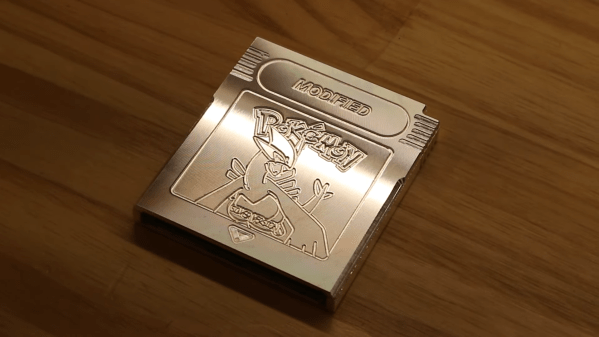
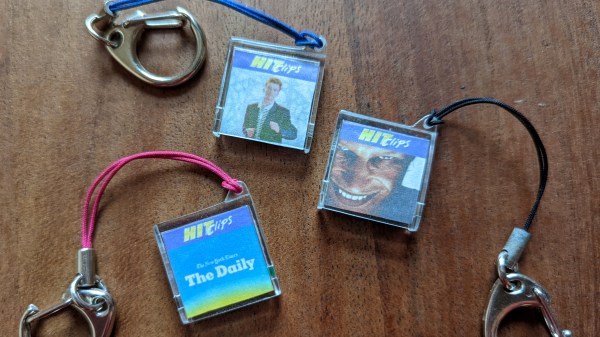
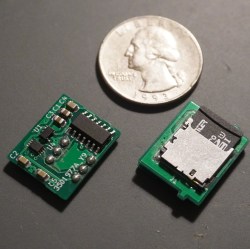
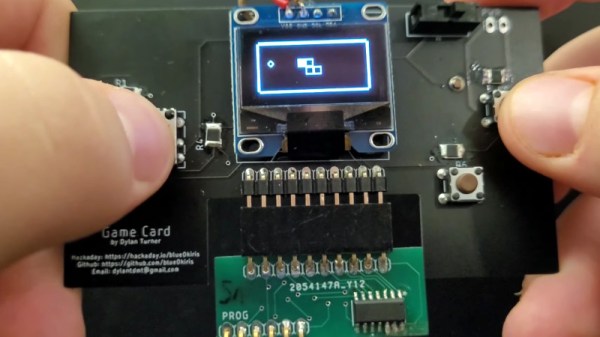
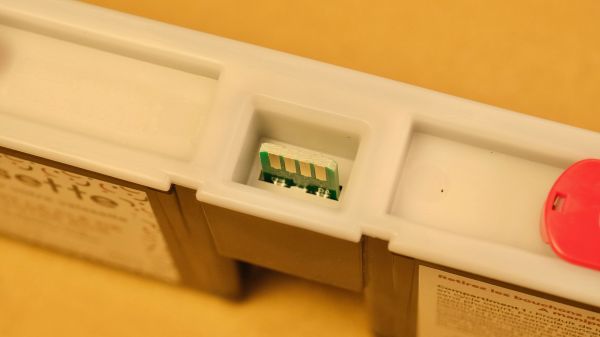

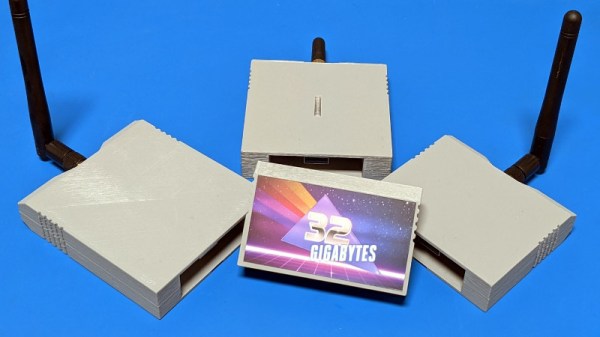
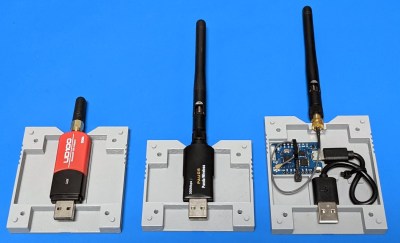 Our colleague [Tom Nardi] has the solution for his cyberdeck though, in the form of
Our colleague [Tom Nardi] has the solution for his cyberdeck though, in the form of 